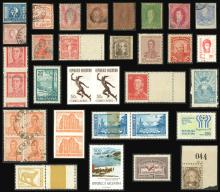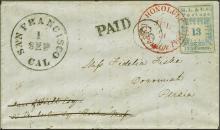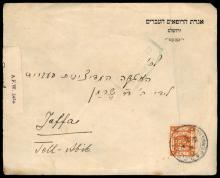King Fuad Stamps
Published

Speculation on Stamps
Stamp collectors may recall the interesting history chapter of August 18, 1966, when the ‘England winners’ World Cup 4d stamp reprints went on sale. It may be surprising to learn that while more than 150 million copies of the original stamp were printed, only 12 million copies of the second printing were issued at the post offices. When this fact became known to the public, speculation ran riot.
Supplies were quickly exhausted and jostling was reported in the queues of post offices. Printed copies were sold at a price of up to 40 times higher than their face value. But all the fuss was for nothing. A great part of the original issue was destroyed or used; the rest went to the hands of stamp collectors and was kept safe. Today, the second stamp is worth only pennies more than first one.
But while you may look upon this story with amusement, the Egyptian experience on stamp collection has a differnet story to tell.
King Fuad Stamps
The Kingdom of Egypt was crearted in 1922, with King Fuad serving as their first ruler. He was a highly educated man, with a great passion for stamp collection. In his role as ruler, it became easy for him to decide which stamp will become valuable and collectible. He started issueing stamps frequently, and in 1926, he celebrated his 58th Birthday with the launch of a new valuable stamp, portraying himself as a naval commander.
Soon thereafter he announced that a limited number of ship stamps and 1500 copies of his birthday stamps will be overprinted "Port Fuad", in celebration of the inauguration of the new port town being constructed to relieve congestion on the then over-exhausted "Port Said".
Collectors everywhere were convinced that it would be a profitable investment, but as it turned out most of the copies were already purchased by officials in charge of the stamp production house. There was huge disappointment in post office queues, disappointment that rapidly evolved into rage.
In the riots that followed, five people died for king Faud’s birthday stamps, according to the New York Times.
Today, these birthday stamps are sold at values of up to one-hundred times more than their original face value, but the value does not recount the human cost.








